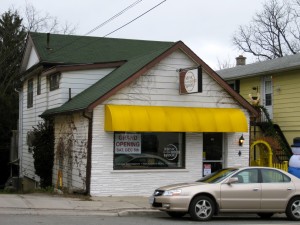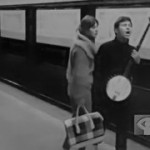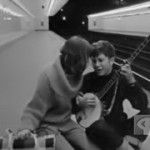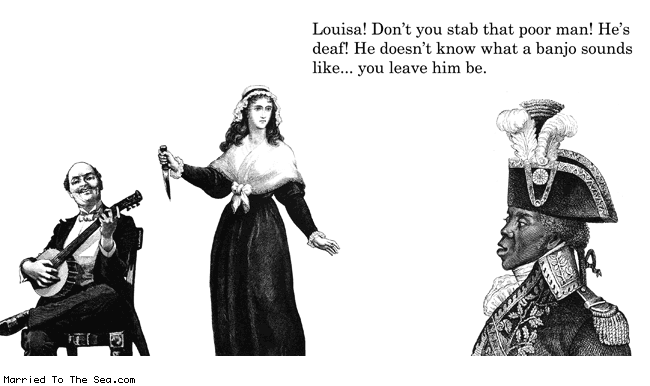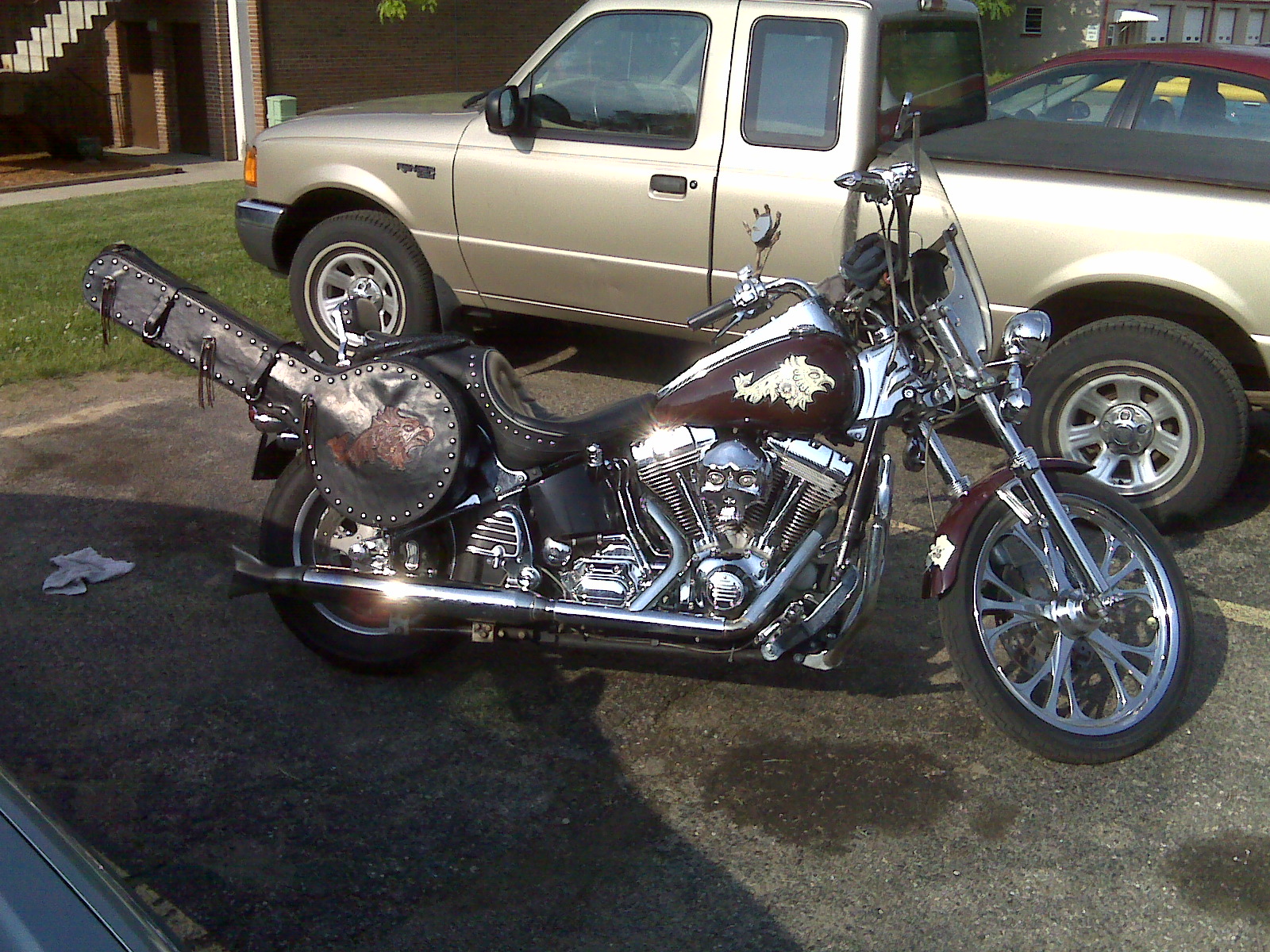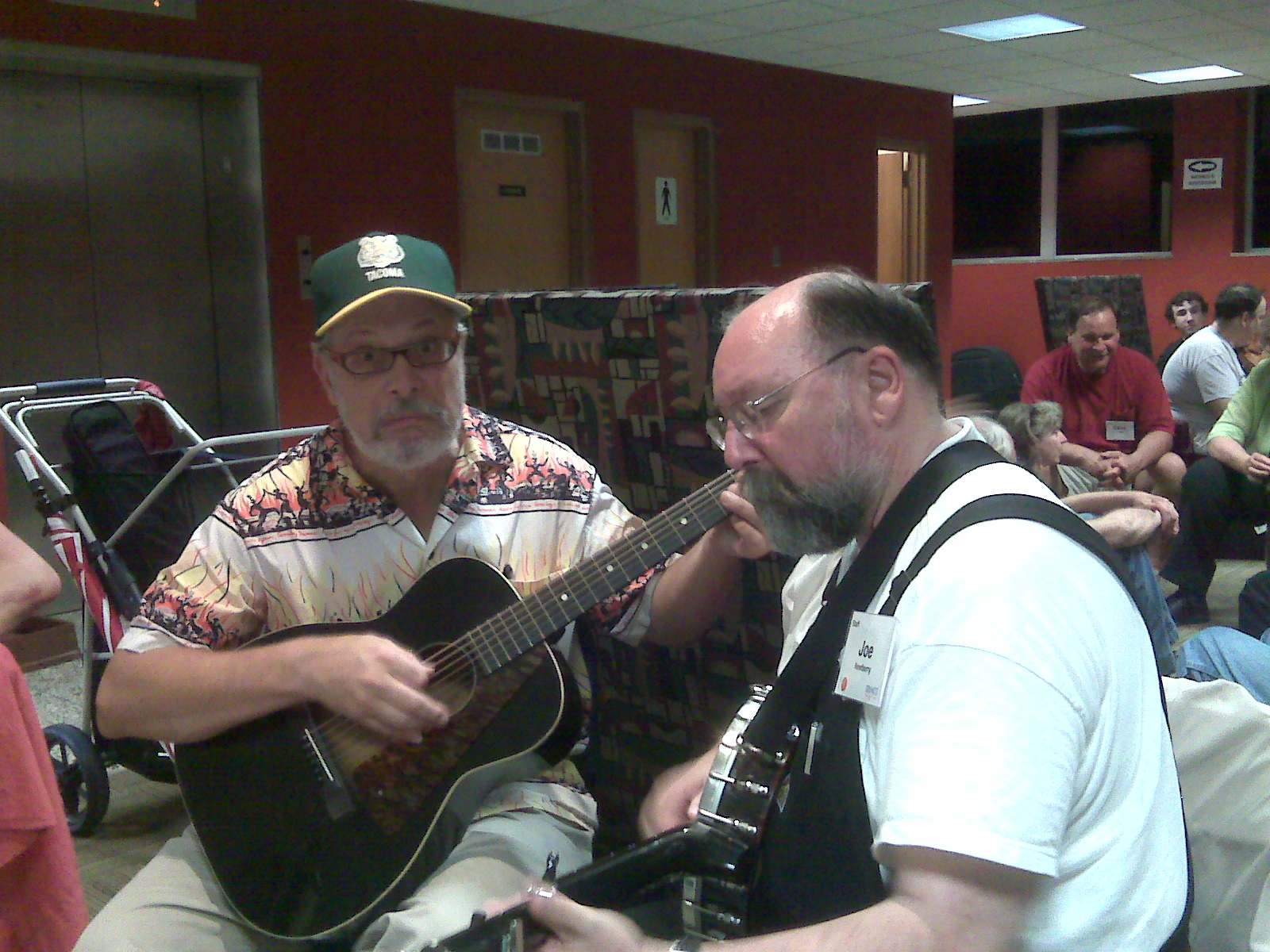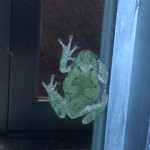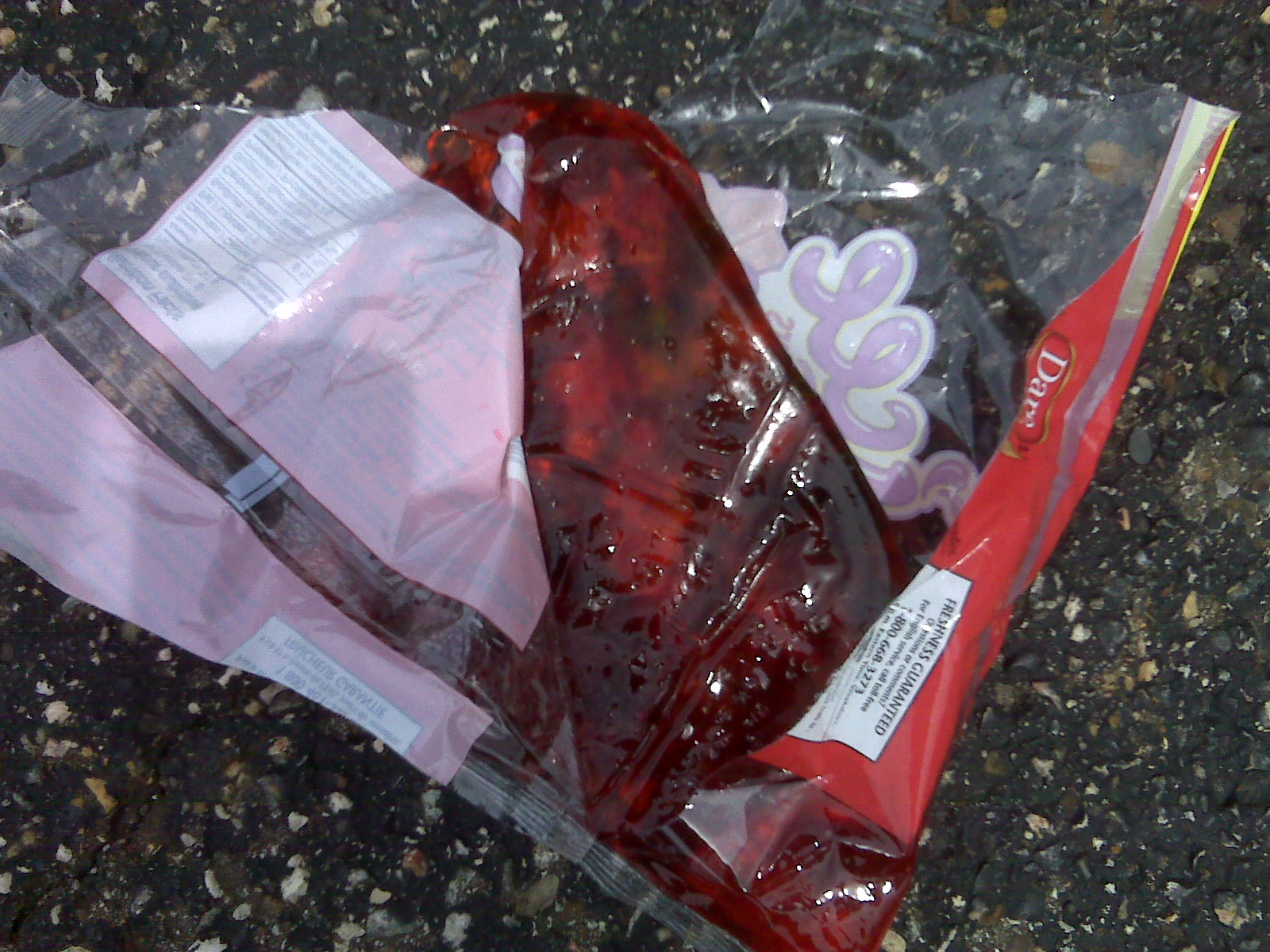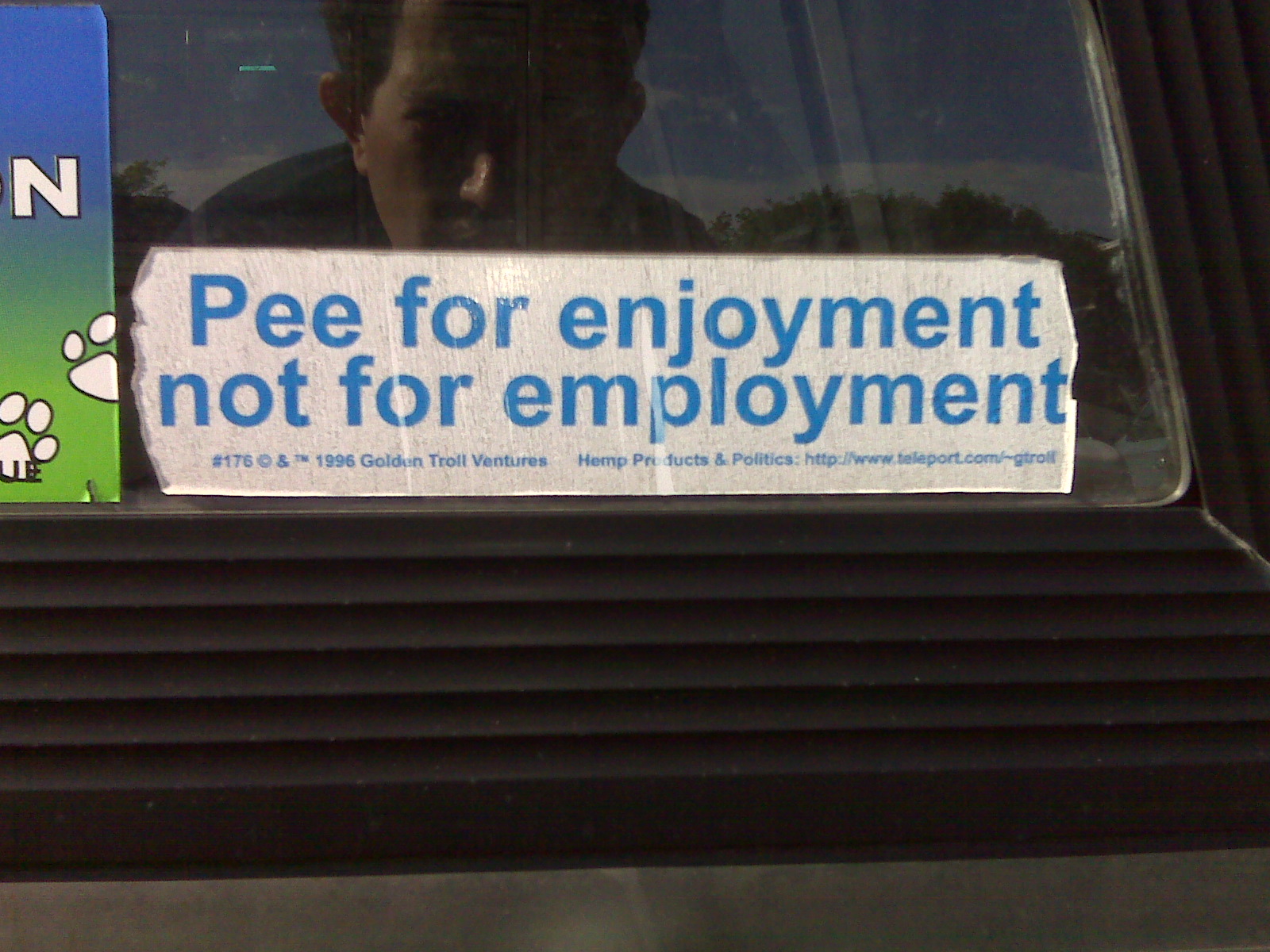Bill has a blog now: Bill Rickard Banjos.
Category: banjo
just in case it gets deleted again …
sorry, reeling from an edit fight:
Billy Faier
From Wikipedia, the free encyclopedia
Billy Faier is an American banjo player. Born in Brooklyn, New York on December 21 1930[1], his family moved to Woodstock, NY in 1945[2], and now resides in Marathon, Texas. He, along with Pete Seeger, was one of the early proponents of the banjo during the mid-20th century American folk music revival.
Active in the Washington Square Park folk scene in Greenwich Village from the late 1940s, he recorded two albums for Riverside Records, The Art of the Five-String Banjo (1957) and Travelin’ Man (1958)[3]. In 1973, he recorded Banjo for John Fahey‘s Takoma label.
[edit] Selected Discography
In 2009, Faier decided to make much of his out of print and unreleased material available on his website.
- The Art of the Five-String Banjo (1957 – with Frank Hamilton)
- Travelin’ Man (1958)
- The Beast of Billy Faier (1964 – with John Sebastian)
- Banjo (1973)
- Banjos, Birdsong And Mother Earth (1987 – with John Sebastian and Gilles Malkine)
[edit] References
- ^ “Billy Faier – The Five String Banjo“. 2006-08-07. http://web.archive.org/web/20071111171835/http://www.billyfaier.com/. Retrieved 2009-12-19.
- ^ “Billy Faier – The Five String Banjo“. 2009-12-10. http://billyfaier.com/. Retrieved 2009-12-19.
- ^ “Billy Faier Discography“. 2004-01-31. http://www.wirz.de/music/faierfrm.htm. Retrieved 2009-12-19.
[edit] External links
- Billy Faier’s website
- Billy Faier discography (with some errors and omissions).
- Billy Faier at the Internet Broadway Database.
- Billy Faier Collection at The Southern Folklife Collection, University of North Carolina libraries.
- Articles by Billy Faier in No Depression (magazine).
- Feature on Billy Faier on The Banjo Man
source:
'''Billy Faier''' is an American banjo player. Born in Brooklyn, New York on December 21 1930<ref>{{cite web|url=http://web.archive.org/web/20071111171835/http://www.billyfaier.com/
|accessdate=2009-12-19
|title=Billy Faier - The Five String Banjo
|date=2006-08-07
|description=Billy Faier. Born in Brooklyn, New York on Dec. 21, l930. Moved to Woodstock, New York in l945 with family. Started playing banjo, guitar, and singing folk songs at seventeen, in 1947. Recorded for Riverside Records, Elektra Records, Tradition Records, and many other labels over the years.
|GENERATOR=Microsoft FrontPage 6.0
|keywords=billy faier, billie faier, banjo billy, five string banjo, the beast of billy faier, banjo, bille faier banjo, billy faier musician, Folk Music, Guitar; Woodstock, New York folk music, Newport Folk Festival, Berkeley Folk Festival, Winnipeg Folk Festival, Kerrville Folk Festival, Vancouver Folk Festival, billy fair, famous billy the banjo player, billie fair, www.billyfaier.com, banjo billy faier
|rating=General
|robots=All
}}</ref>, his family moved to Woodstock, NY in 1945<ref>{{cite web|url=http://billyfaier.com/
|accessdate=2009-12-19
|title=Billy Faier - The Five String Banjo
|date=2009-12-10
|description=Billy Faier. Born in Brooklyn, New York on Dec. 21, l930. Moved to Woodstock, New York in l945 with family. Started playing banjo, guitar, and singing folk songs at seventeen, in 1947. Recorded for Riverside Records, Elektra Records, Tradition Records, and many other labels over the years.
|GENERATOR=Microsoft FrontPage 4.0
|keywords=billy faier, billie faier, banjo billy, five string banjo, the beast of billy faier, banjo, billy faier banjo, billy faier musician, Folk Music, Guitar; Woodstock, New York folk music, Newport Folk Festival, Berkeley Folk Festival, Winnipeg Folk Festival, Kerrville Folk Festival, Vancouver Folk Festival, billy fair, famous billy the banjo player, billie fair, www.billyfaier.com, banjo billy faier
|rating=General
|robots=All
}}</ref>, and now resides in Marathon, Texas. He, along with [[Pete Seeger]], was one of the early proponents of the banjo during the mid-20th century [[American folk music revival]].
Active in the [[Washington Square Park]] folk scene in [[Greenwich Village]] from the late 1940s, he recorded two albums for [[Riverside Records]], ''The Art of the Five-String Banjo'' (1957) and ''Travelin' Man'' (1958)<ref>{{cite web|url=http://www.wirz.de/music/faierfrm.htm
|title=Billy Faier Discography
|accessdate=2009-12-19
|date=2004-01-31
|ROBOTS=NOINDEX
}}</ref>. In 1973, he recorded ''Banjo'' for [[John Fahey (musician)|John Fahey]]'s [[Takoma Records|Takoma]] label.
== Selected Discography ==
In 2009, Faier decided to make much of his out of print and unreleased material available on his [http://billyfaier.com/ website].
* ''The Art of the Five-String Banjo'' (1957 - with [[Frank Hamilton (musician)|Frank Hamilton]])
* ''Travelin' Man'' (1958)
* ''The Beast of Billy Faier'' (1964 - with [[John Sebastian]])
* ''Banjo'' (1973)
* ''Banjos, Birdsong And Mother Earth'' (1987 - with John Sebastian and [[Gilles Malkine]])
== References ==
{{Reflist}}
== External links ==
* [http://billyfaier.com/ Billy Faier's website]
* [http://www.wirz.de/music/faierfrm.htm Billy Faier discography] (with some errors and omissions).
* [http://www.ibdb.com/person.php?id=102378 Billy Faier] at the Internet Broadway Database.
* [http://www.lib.unc.edu/mss/inv/f/Faier,Billy.html Billy Faier Collection] at The Southern Folklife Collection, [[University of North Carolina]] libraries.
* [http://archives.nodepression.com/author/billy-faier/ Articles by Billy Faier] in [[No Depression (magazine)]].
* [http://thebanjoman.com/know-featured-archive.htm Feature on Billy Faier on The Banjo Man]
<!--- Categories --->
{{DEFAULTSORT:Faier, Billy}}
[[Category:American folk musicians]]
[[Category:American folk singers]]
[[Category:American singer-songwriters]]
[[Category:American banjoists]]
[[Category:People from New York City]]
[[Category:Living people]]
[[Category:Riverside Records artists]]
Arnie play’s Bill’s new kit banjo
banjo apostrophe catastrophe
Oh dear, Gold Tone – you should really learn about apostrophes:
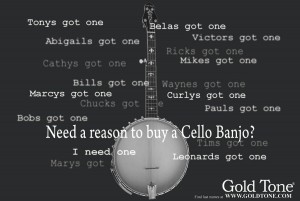 I hereby provide all the missing punctuation, just to prove that banjo players aren’t all a bunch of snaggle-toothed illiterates:
I hereby provide all the missing punctuation, just to prove that banjo players aren’t all a bunch of snaggle-toothed illiterates:
””””””””’
banjer banjer banjer
I trekked out to Music In The Wood, the music shop in Rockwood that’s just been opened by Hugh, Wendi and Mac Hunter. It’s a nice drive out there, certainly once you’re past the 407/401 mess. Norval, Georgetown and Acton still have some small-town charm amidst the stripmalls.
It seems I had a lucky escape, as Bill Rickard was to be bringing in some of his much discussed Dobson banjo kits. Had he been there, I would have bought one on the spot. The price is fantastic, and y’know, I really need a fretless …
All of Hugh’s banjos were sold, but he had five of Bill’s in the store. Two of them were the gorgeous spun-over rim types, a kind which hasn’t been made properly in the last century or so, until Bill started last year.
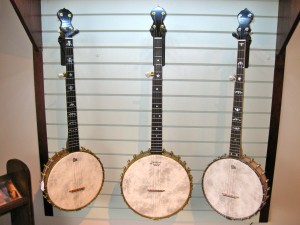
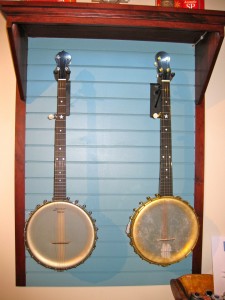 The grand opening of the shop isn’t until next Saturday. I can’t make it, alas.
The grand opening of the shop isn’t until next Saturday. I can’t make it, alas.
jake foley’s wonderful banjos
Jake has made some nice banjos. I can’t believe the low price he’s asking for them.
Billy Faier – The Five String Banjo
Long-neck banjo genius Billy Faier has put all of his albums on his website for free download. These are amazing works. Donations (details on his site) are welcome.
Nobody Waved Good-bye by Don Owen, – NFB
NFB is featuring the well known long-neck banjo-strumming ne’er-do-well drama Nobody Waved Good-bye this week.
A Nobel Peace Prize for Pete Seeger
A Nobel Peace Prize for Pete Seeger; go on, he’ll be 90 this year.
a brief note on Julian Koster’s banjo playing style
Having had a chance to watch Julian play at close range, he plays a regular five string with the fifth removed. It sounds like he tunes DGBD, but I could be wrong.
His strum style is almost like a jazz banjo rhythm, but done without a pick. The one song he played used a familiar progression: first and fourth strings fretted at the 5th, then both down to 4th, to 2nd, then up to 3rd. Try it – it’s fun!
bic for better banjo bowlines
If you use Nylgut strings, you’ll likely be tying a lot of bowlines. My first attempts at this were very poor.
I’ve found that if you slip a pen (preferably one with an integrated cap and clip, like a Bic) through the main loop of the knot, you can get some consistency in your knots – no more random clutter around your tailpiece. The pen clip can be slipped over the loop so that the string supports the pen so you can have both hands free.
(Incidentally, Jeff Menzies sells Aquila Nylgut strings – he’s the only dealer in Canada.)
the wind that shakes the barley
Mary Z. Cox alerted me to one of her videos which has both clawhammer banjo and wind turbines:
don’t stab the banjo player
I’d pronounce it “mingus”, but …
Menzies Stringed Instruments is now open for business.
Modifying the Reagan Banjo Capo
I use a Reagan banjo capo on my nylon-strung Harmony banjo. It’s a little chunk of brass with a saw-cut to take the string, a thumb-screw to keep it tight, and some felt stuck on the bottom to protect the fretboard.
As supplied, the string slot was too narrow to take nylon strings, and too low to effectively fret the string. What I did was:
- Open out the slot with the patient application of fine sandpaper. This took a long time, and kept gouging up the edge of the sandpaper sheet.
- Replace the felt with a thicker piece of neoprene cut from an old mouse mat.
The capo still bobs about, but stays on the neck where it should. I still haven’t solved the problem of where to store it, though.
oh, and while you’re at it …
somebody please buy my Gold Tone Bob Carlin 350 banjo and Peavey SRP-16 Stereo Digital Reverb Pedal.
supplies!
Pleasantly surprised that a local store – Scarboro Music, at Vic Park and Kingston has autoharp strings.
It also has a very fine old Dobson banjo for $1500.
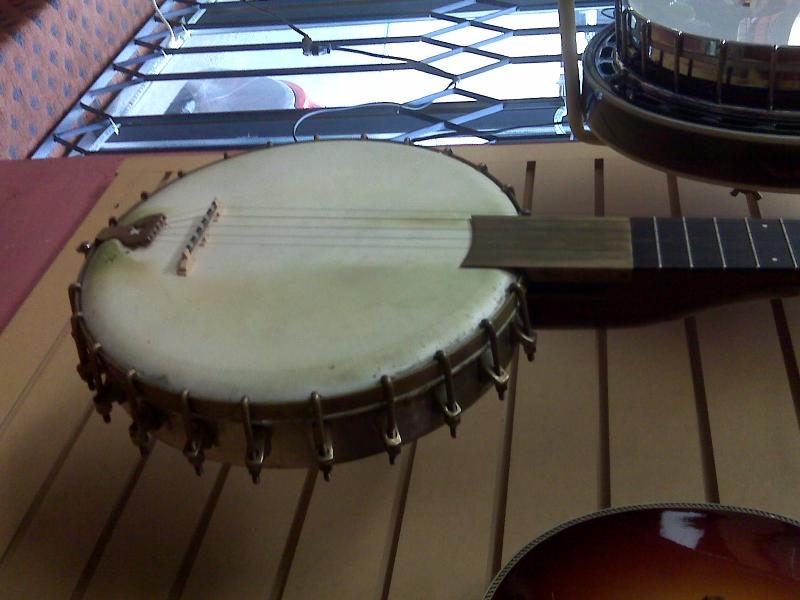
banjo chord forms
I’ve been trying to learn banjo chords for a while, and the books I have keep flopping closed. So I resolved to make a blank chord form that I could fill in, like this:

You might wonder why it goes to the 7th fret. If you’re in Double C tuning, you’ll need that if you’re drawing a tuning chart.
So for G tuning, the F chord would look like:
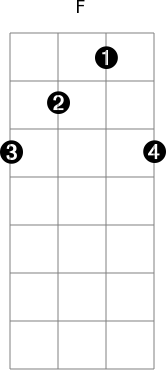
There are 12 fretboard images to a page – that’s enough for four whole folk songs!
Download: stewart’s banjo fretboard / chord grid [PDF].
at Bill Rickard’s
I went up to Bill Rickard‘s yesterday to have Hugh Hunter tweak my banjo. Unfortunately Bill wasn’t there; he father died earlier in the week, and the memorial was later in the day. My condolences to Bill and his family.
Hugh was busily turning a banjo-uke block rim on the lathe when I arrived. After a little setup work (file the second string nut to kill a buzz, reduce the head tension to get the tubaphone sound), I looked around the shop.
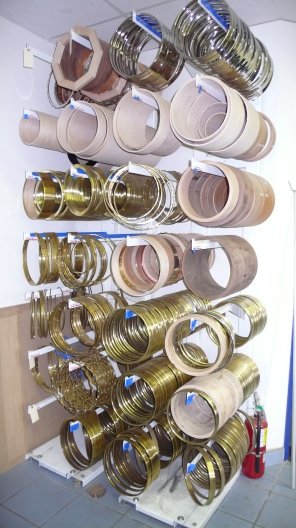
Tone Rings and rims – including Bill’s new Dobson tone ring
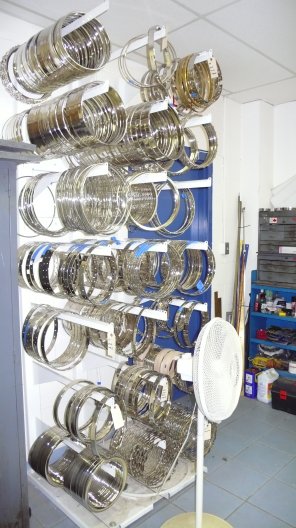
Hardware – bracket bands, Whyte Ladye parts, etc.
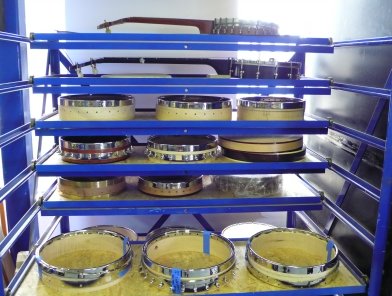
The work in progress rack
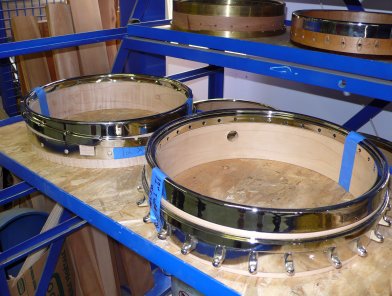
Whyte Laydie at rear, Tubaphone up front.
For a banjo and engineering nerd, Bill’s shop is amazing. Get yourself invited up there if you get a chance.
